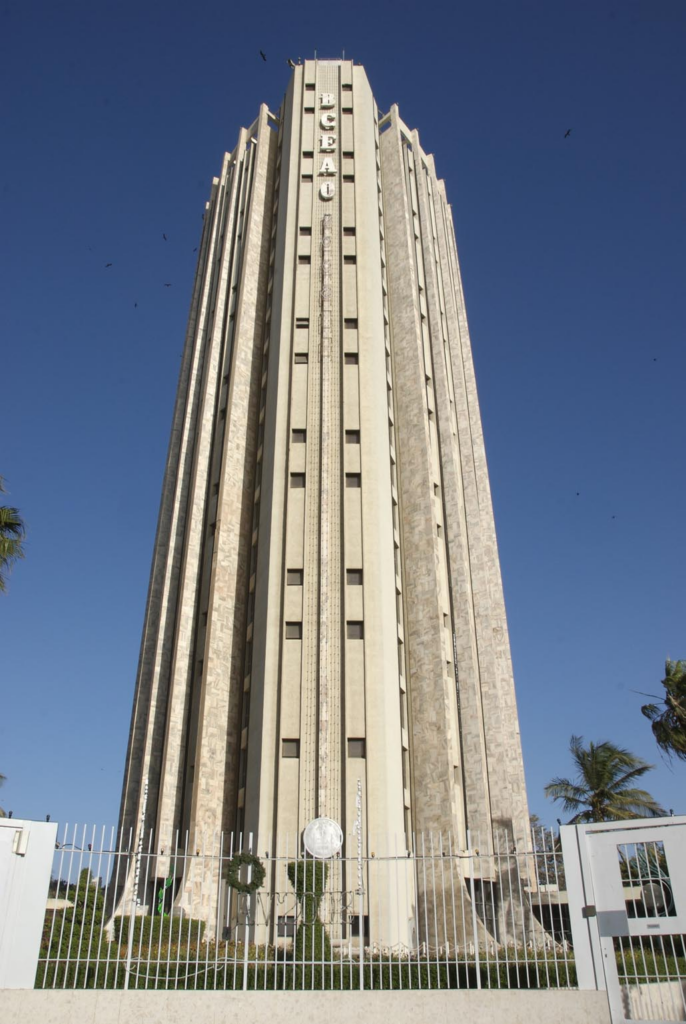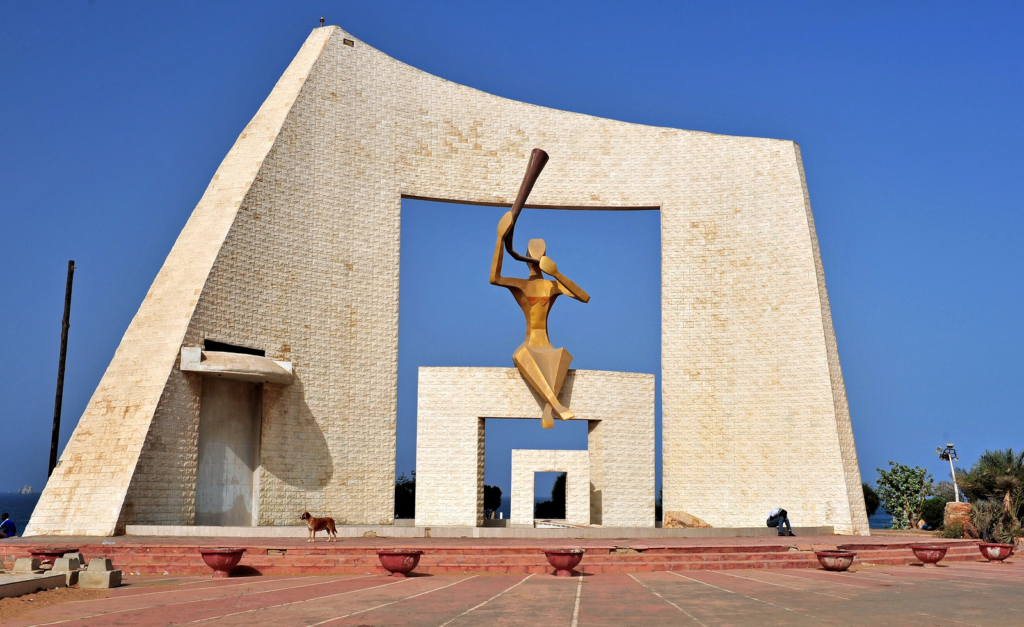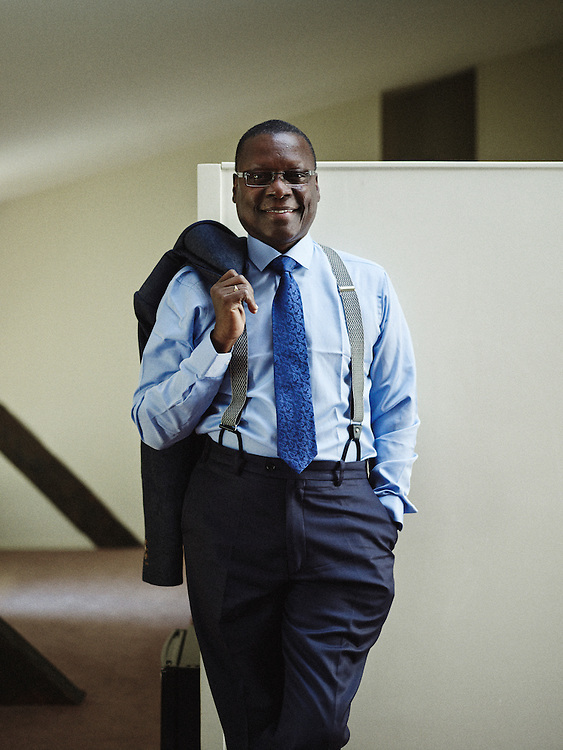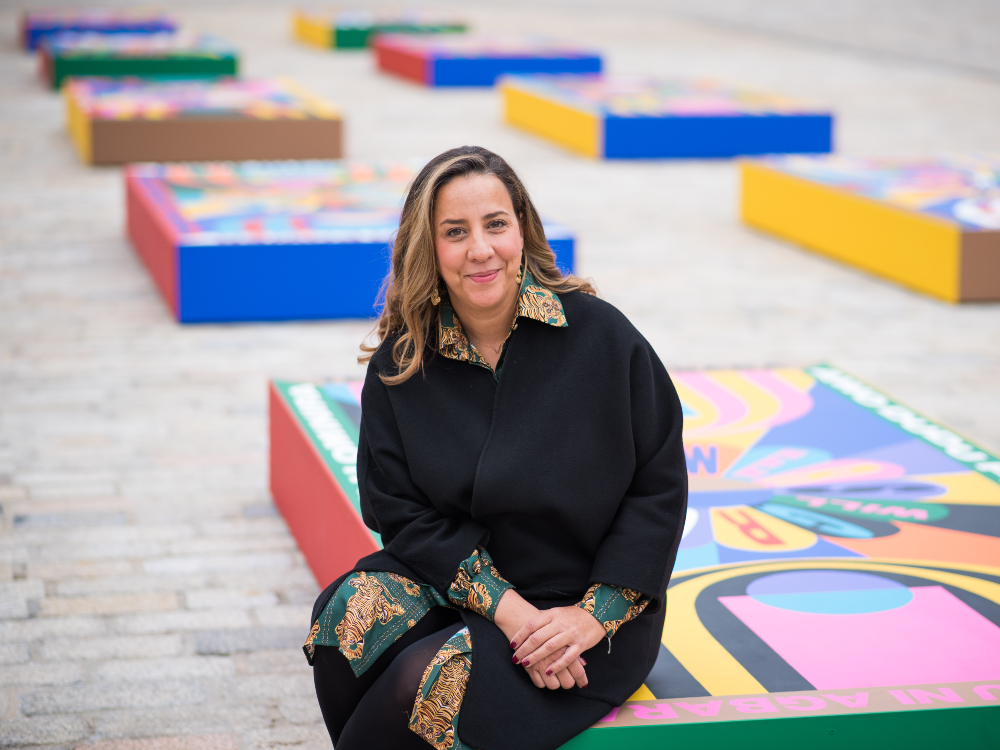In the 1960s, as the shadows of colonial French influence loomed over West Africa, Pierre Goudiaby Atepa, born in Ziguinchor, Senegal, in 1947, embarked on a transformative journey that would redefine the architectural landscape of the African continent. This period was marked by a pivotal struggle for identity, as newly independent West African nations grappled with the legacies of colonialism and sought to assert their cultural and architectural heritage. Atepa’s story is one of unwavering dedication to preserving African identity and heritage while reshaping urban landscapes.
Embracing African Renaissance Amidst Colonial Influences
The 1960s were a time of profound historical significance for West Africa. The region, once under colonial rule, was experiencing the challenges and opportunities of newfound independence. In the midst of this complex era, Pierre Goudiaby Atepa found his purpose. He was deeply moved by the need to preserve and promote African heritage and identity, even as the legacy of colonial French influence cast a shadow over the region. It was against this backdrop that Atepa’s vision of architectural liberation began to take shape.
Educational Pursuits in New York: The Birth of a Visionary
Atepa’s path to architectural brilliance took him from Dakar to the global stage. His educational journey led him to New York, where he pursued his studies at the prestigious Rensselaer Polytechnic Institute. The scholarship that enabled him to make this transformative journey laid the foundation for his visionary architectural career.
At Rensselaer, Atepa earned degrees in construction sciences and architecture, honing his craft and absorbing the influences of the modern architectural world. This educational experience was pivotal in shaping his perspective and guiding his future endeavors.
Atepa Group: A Catalyst for Architectural Innovation
In 1977, Atepa established the Atepa Group, a dynamic platform for his architectural masterpieces. This architectural incubator became the stage for a series of projects that would redefine the narrative of African architecture. Atepa’s vision was clear: to seamlessly blend modernity with African heritage, symbolizing unity, progress, and the indomitable spirit of a continent that stood tall.

Banque Centrale des Etats de l’Afrique de l’Ouest (BCEAO): The Baobab Headquarters
One of Atepa’s most iconic creations is the Banque Centrale des Etats de l’Afrique de l’Ouest (BCEAO), often affectionately referred to as the “Baobab Headquarters.” Designed in collaboration with Cheikh N’gom in 1975, this architectural marvel is an ode to post-independence West Africa, symbolizing prosperity and heritage. Its striking facade gives the impression that the structure emerges from a landscaped plaza, featuring a fountain in the shape of the African continent. Facing the poignant Gorée Island, a historic site in the transatlantic slave trade, the BCEAO stands defiantly along Dakar’s Atlantic Ocean coast, symbolizing the resilience and progress of the African continent.

The Door of the Third Millennium: A Celebration of Progress
Inaugurated in 2001, the Door of the Third Millennium is a monumental testament to Africa’s embrace of the new era. Situated on axis with the Avenue Malick Sy, the monument graces an esplanade adorned with three baobabs and a date palm, each symbolizing a political and secular figure, along with a jet of water representing life. This textured earthen brick composition consists of three gates, each increasing in size, symbolizing different aspects of progress. The first gate represents the first millennium, harkening back to ancestral knowledge. The second threshold, curved in form, embodies the era of industrialization and features a statue of a woman, affectionately named “Yaya Boye” or “Darling Mom” in Wolof, playing the flute, an invitation for the union of body and mind. The largest door, with its flared edges, symbolizes the ambition of inclusivity by the global village.
Beyond Senegal: Architectural Marvels Across Africa
Pierre Goudiaby Atepa’s visionary influence extends far beyond the shores of Senegal, encompassing remarkable projects across the African continent. Each project seamlessly blends modernity with African heritage, creating symbols of hope, progress, and unity.

Banjul International Airport, The Gambia: Atepa’s design of Banjul International Airport in The Gambia is a striking symbol of freedom, peace, and balance. The airport’s bird-like structure mirrors the aspirations of a nation and is acclaimed as one of the ten most beautiful airports globally, recognized by British journalist Rowan Moore.

ECOWAS Headquarters, Togo: Atepa’s architectural prowess shines in the design of the Economic Community of West African States (ECOWAS) headquarters in Togo. This structure harmoniously blends modernity with ancient African elements, creating an architectural gem that symbolizes unity and cooperation.

Place de la Nation, N’Djamena, Chad: In the heart of Chad’s capital, N’Djamena, Atepa crafted the Place de la Nation, contributing to the city’s urban landscape. This project showcases his ability to weave contemporary architecture into the rich fabric of African culture.

African Renaissance Monument, Dakar: Perhaps one of his most celebrated works is
the African Renaissance Monument in Dakar. This towering bronze statue, unveiled in 2010, is the tallest on the African continent. The monument, conceived at the behest of then-President Abdoulaye Wade, was constructed by a North Korean company. Standing at a height of 49 meters, it is a symbol of Africa’s growth and independence.
Presidential Aspirations and Continued Innovation
In addition to his architectural endeavors, Atepa’s interest in new information and communication technologies led him to create Atepa Satellite Applications (ASA), a company focused on launching satellites for Africa. He is also the co-initiator of the India Africa Economic Foundation, unveiling projects that include the “Africa-India House” and a new “road of steel and aluminum.”
Atepa’s contributions extend to the protection of Senegal’s coastline through his role as the honorary president of the Platform for the Environment and Coastal Reappropriation (Perl).
A Legacy of Inspiration
Pierre Goudiaby Atepa’s architectural creations are not merely structures of steel and concrete; they are symbols of hope, progress, and unity. Each project is a testament to the power of architecture in shaping culture and identity. Atepa’s legacy stands as a beacon, inspiring generations to come, reminding us that dreams, passion, and unwavering dedication can transform the world.
In celebrating this visionary architect, we honor the man whose creations have illuminated Africa’s landscape with architectural brilliance. Pierre Goudiaby Atepa, a true luminary, has left an indelible mark on the African continent, and his legacy will continue to inspire and uplift for generations to come. 🏛️🌍 #AfricanArchitect #VisionaryDesigner #AtepaLegacy


